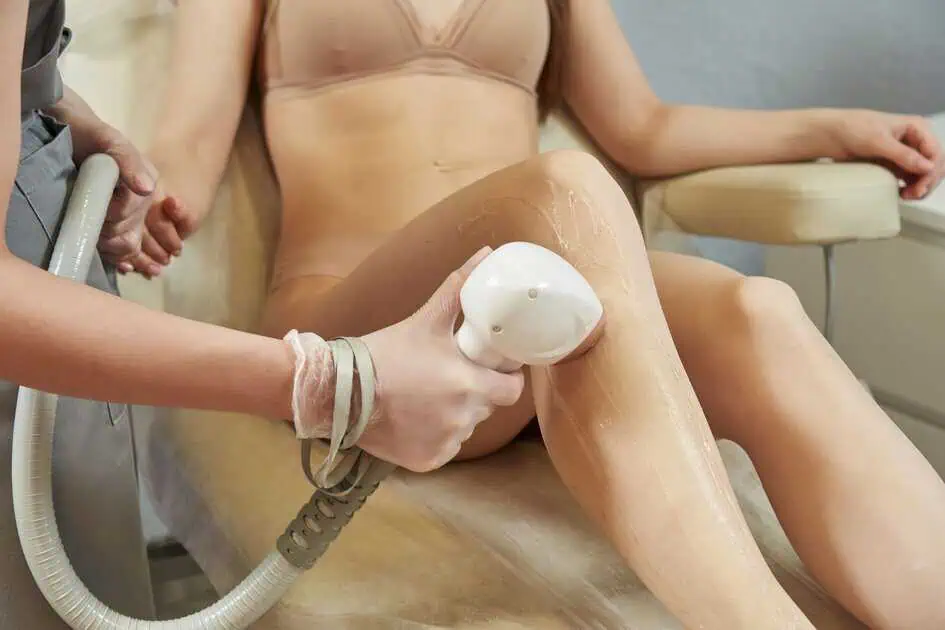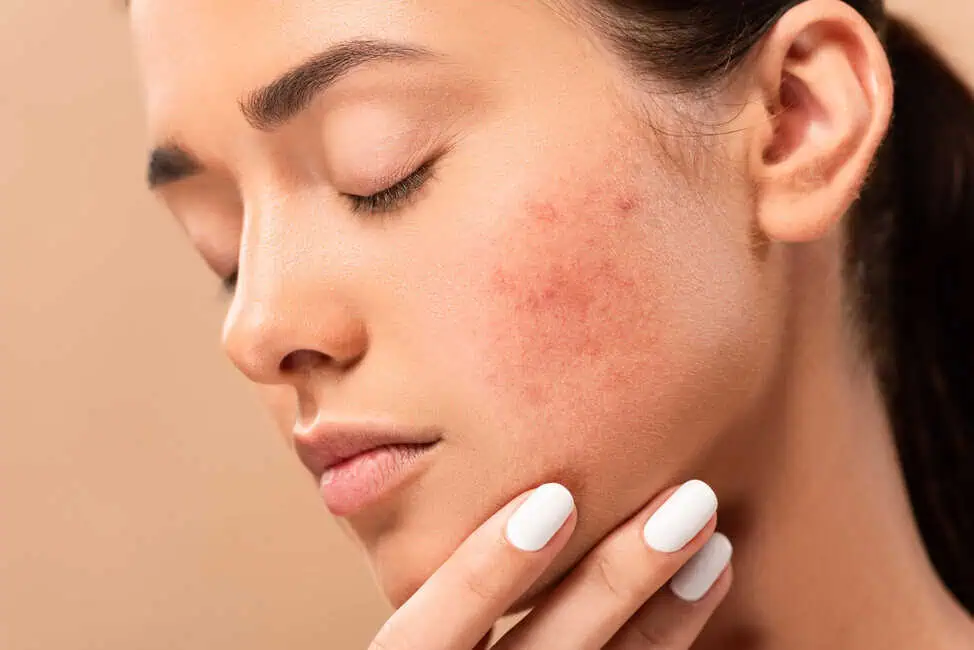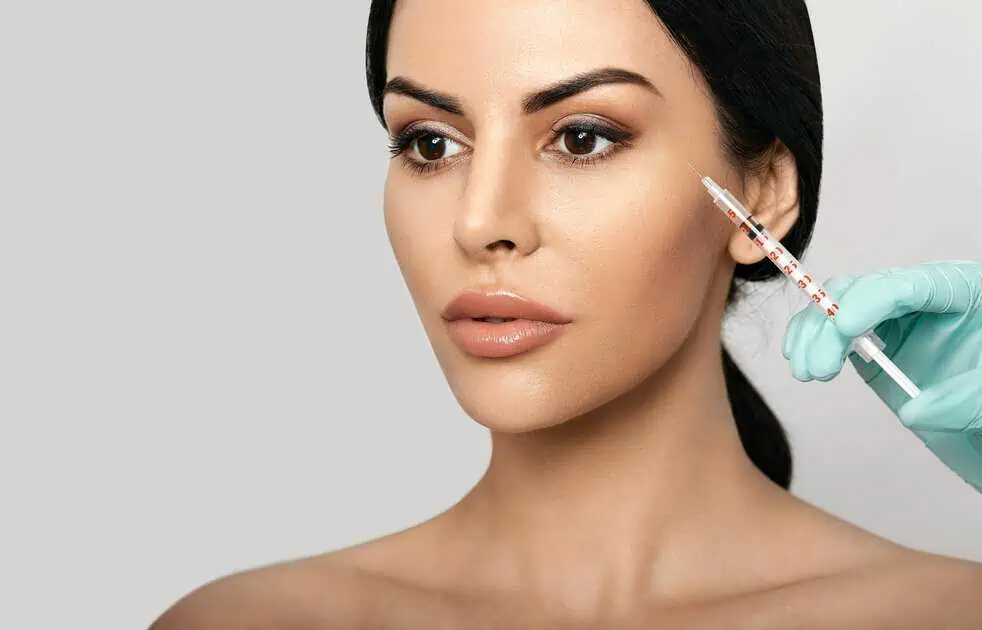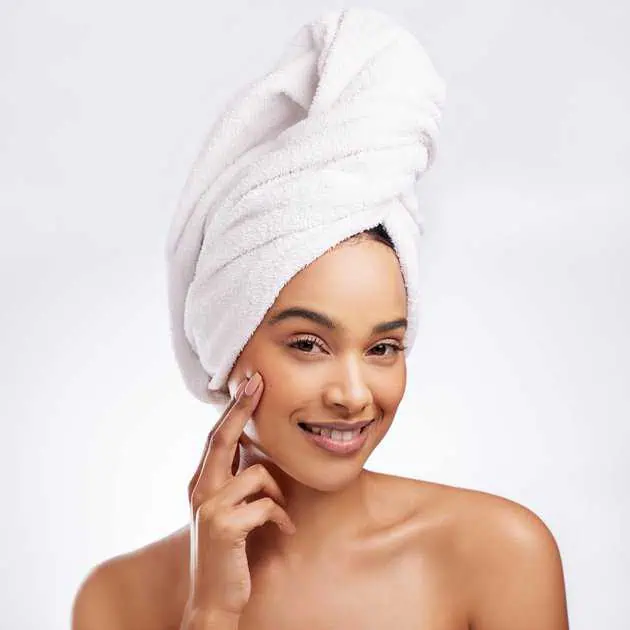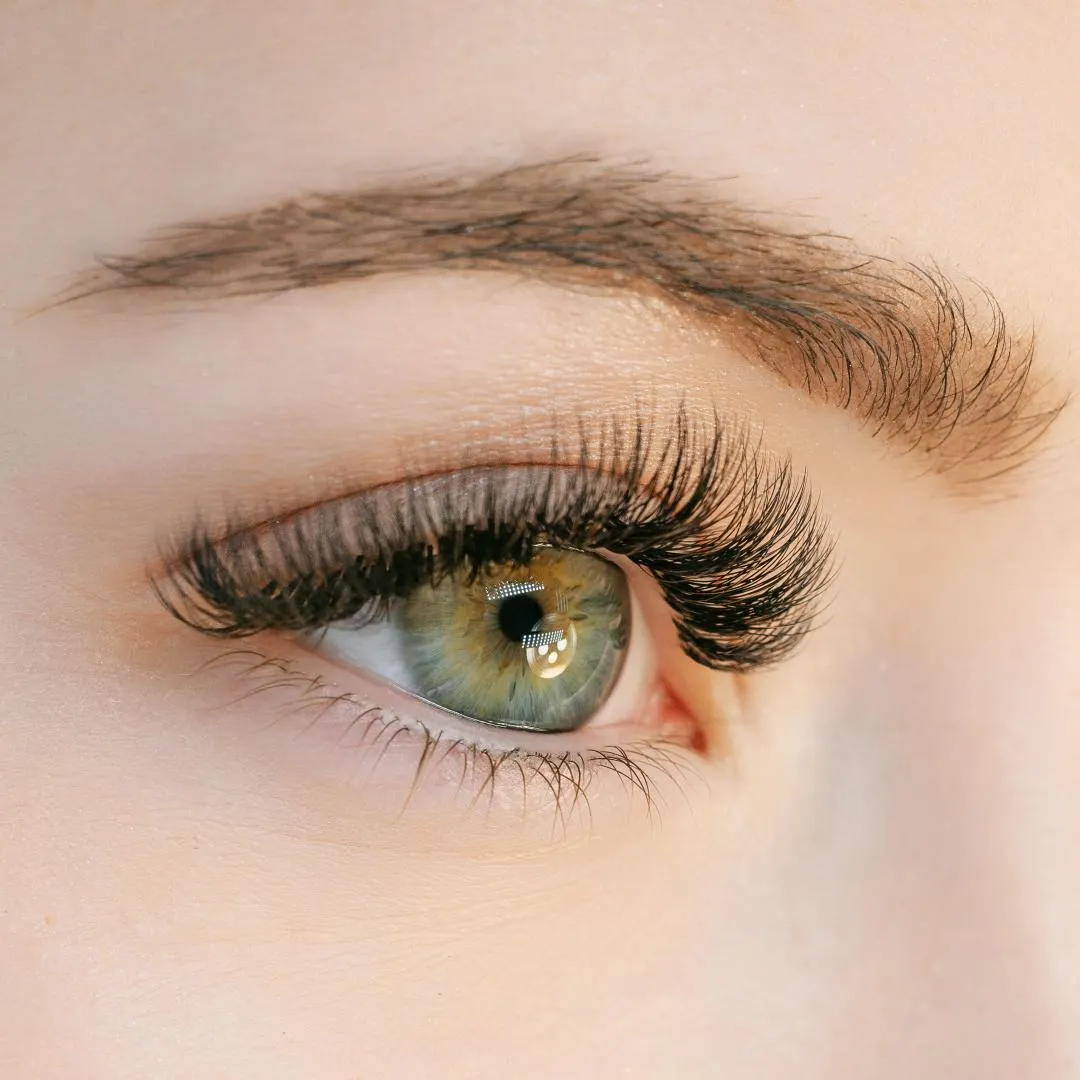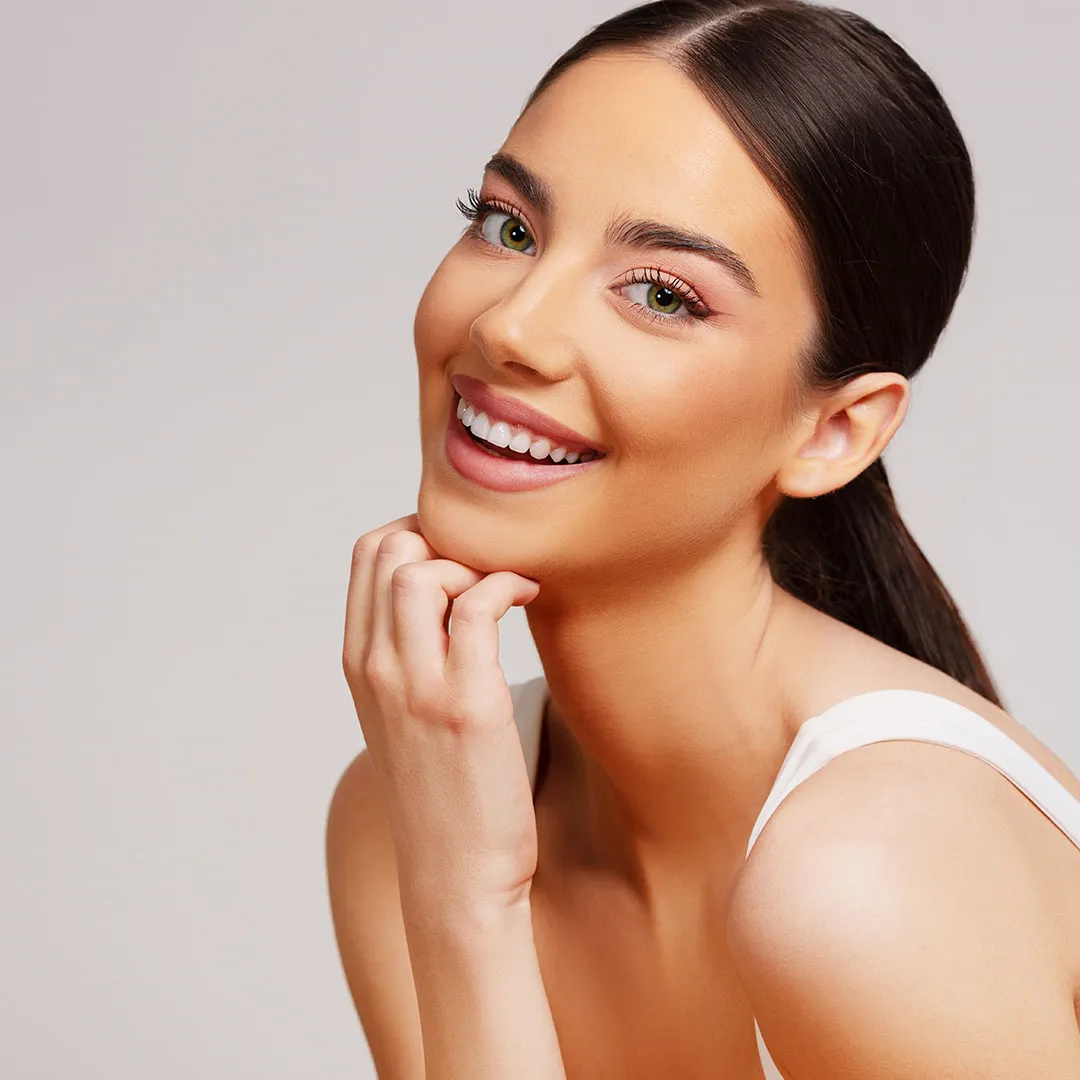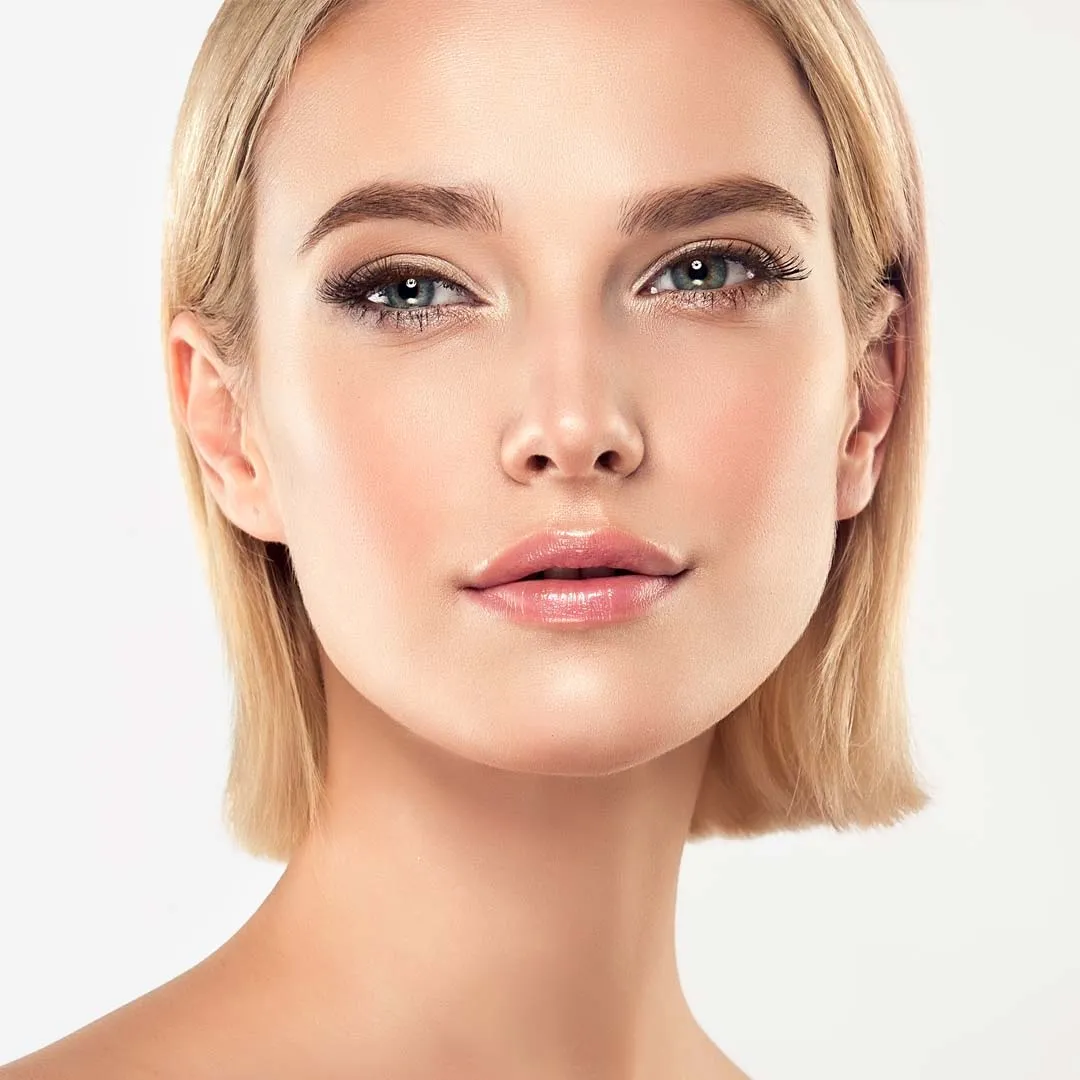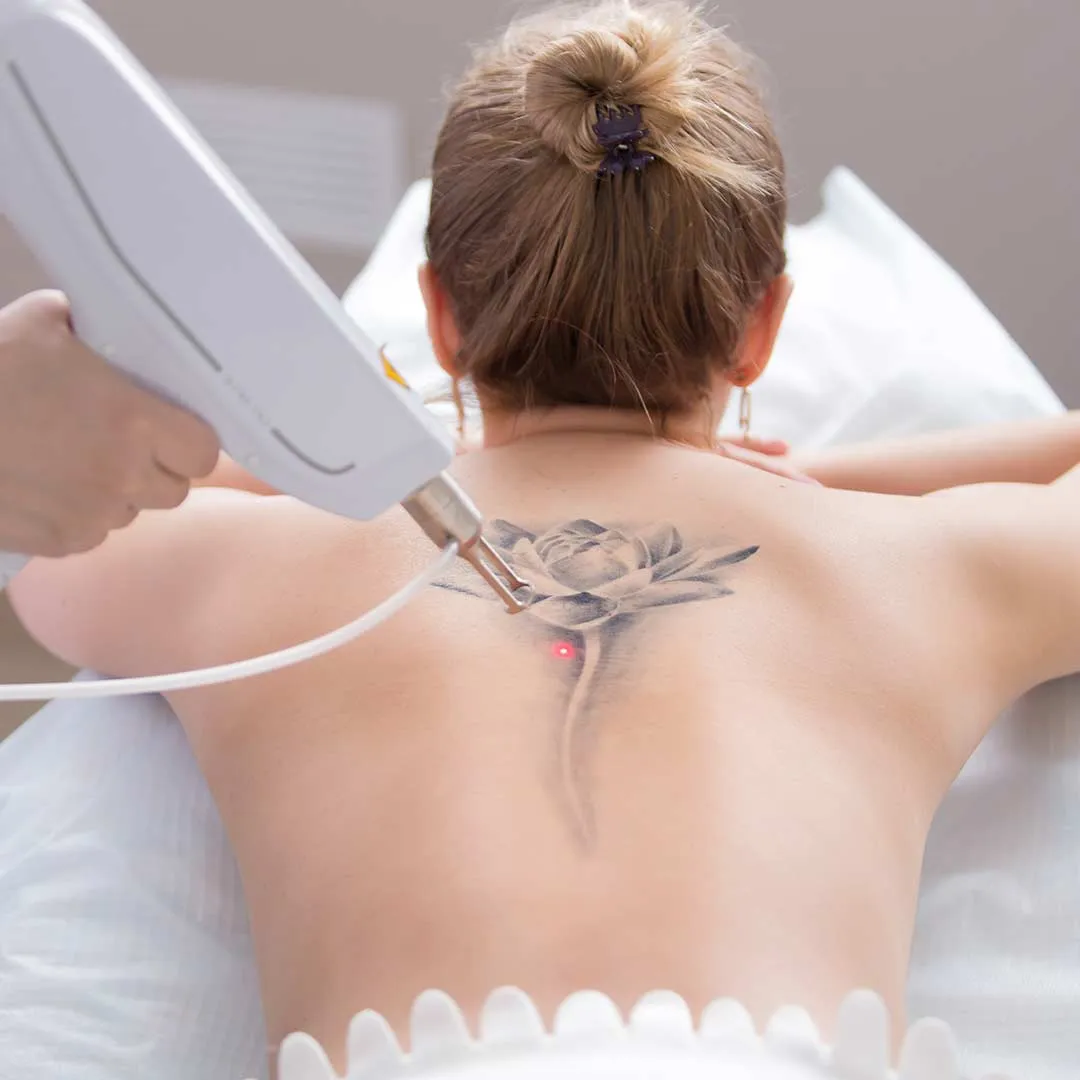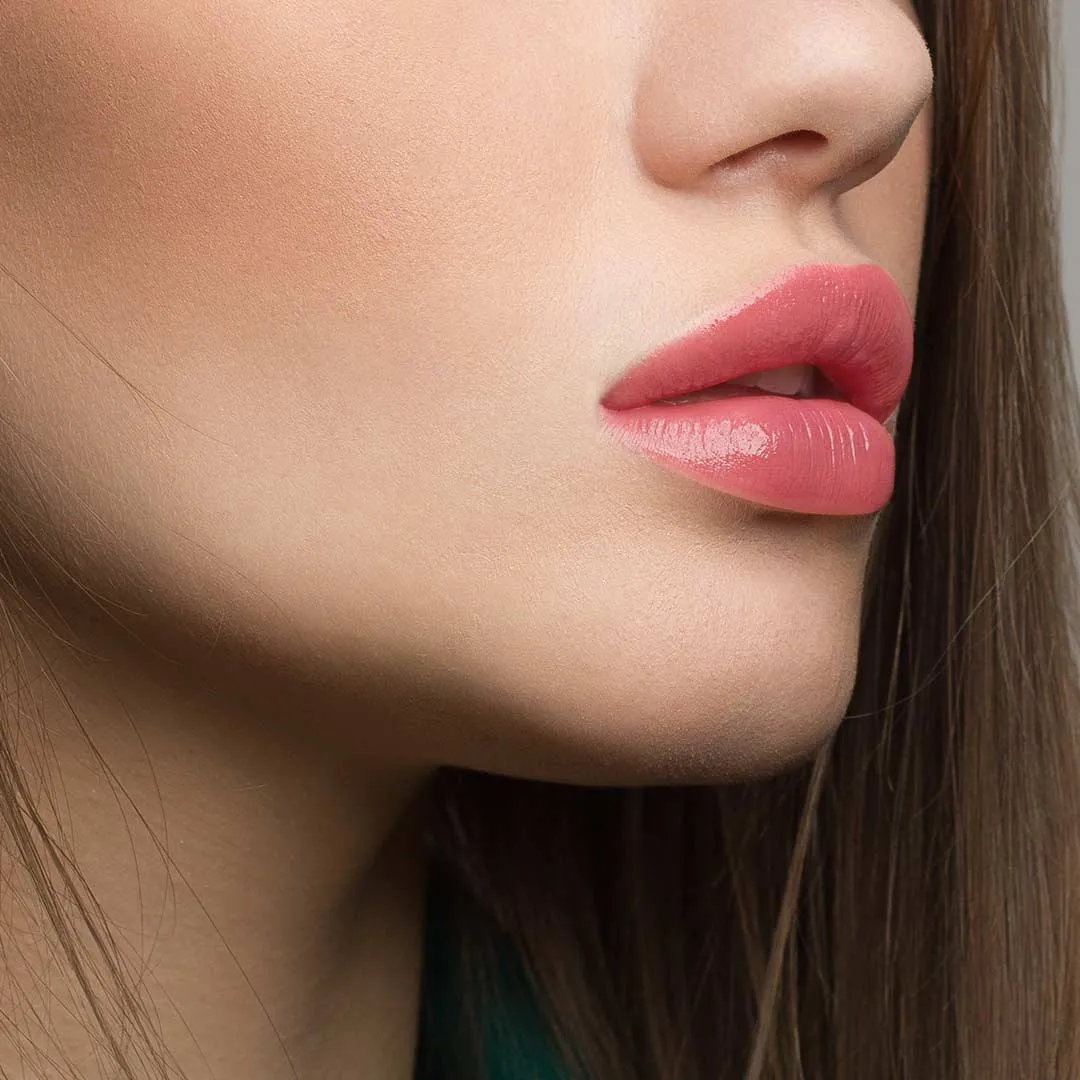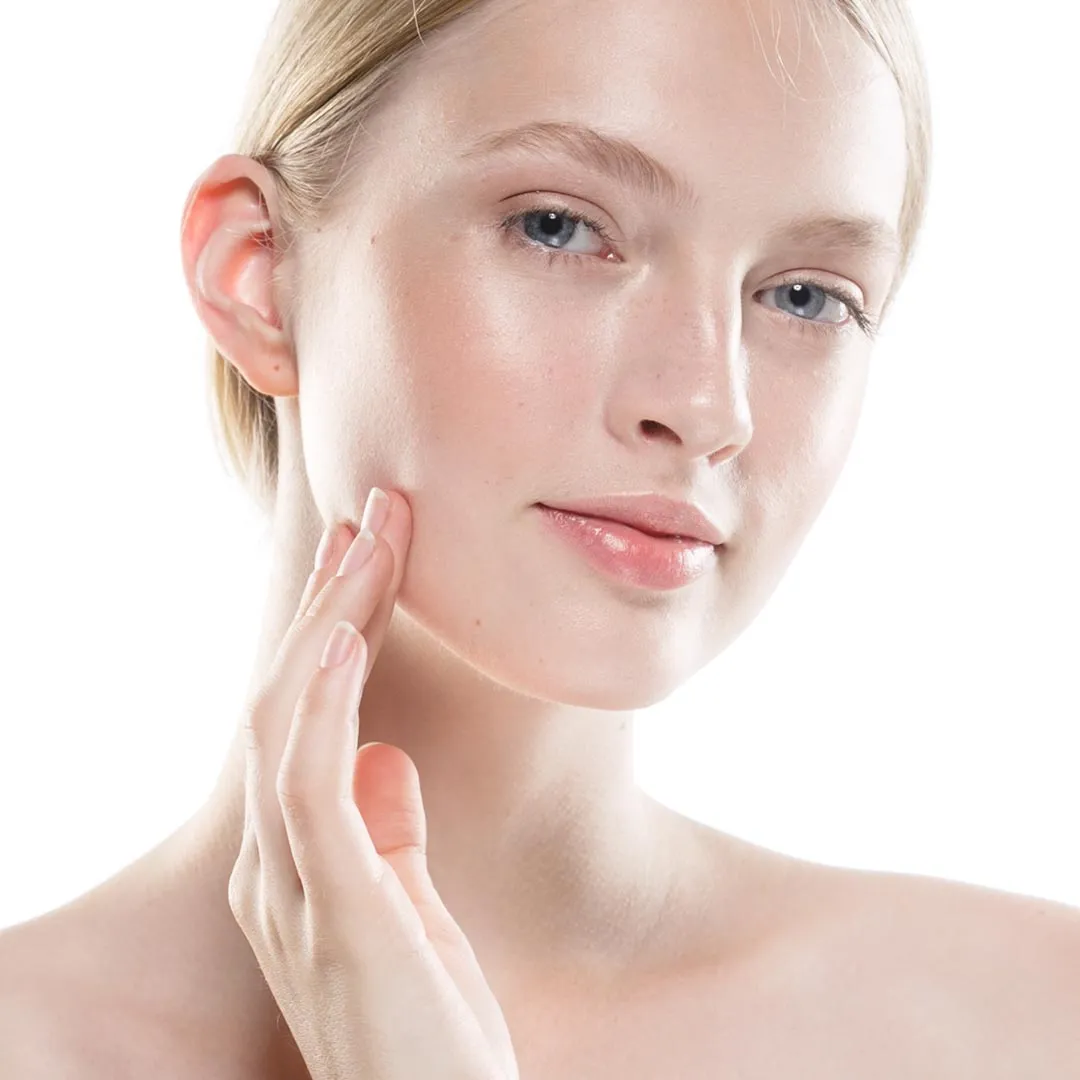Table of Contents
Losing collagen and elastin in our skin as we age can lead to fine lines and wrinkles. This often makes many of us look older than we feel, prompting us to explore various options for rejuvenation. Fillers for lines and wrinkles have become a popular solution, offering a non-invasive way to restore volume, smooth out imperfections, and enhance overall facial contours.
But with so many types of fillers on the market, how do you choose the right one for your specific needs? This complete guide will help you understand the different types of dermal fillers, what to look for when selecting the best filler for your skin type, and how to achieve your desired look.
What Are Dermal Fillers?
Dermal fillers are injectable substances that restore lost volume, smooth out wrinkles, and enhance facial contours. These treatments replenish the skin’s natural structure, giving it a firmer, smoother appearance.
Various fillers are available, each with different formulations and purposes. Some fillers are designed to treat fine lines around the mouth, while others are better suited for deeper folds, like nasolabial lines or under-eye hollows. The suitable filler depends on your unique needs and skin type.
While fillers for lines and wrinkles are most commonly used on the face, fillers can also be used for other areas, including the hands, neck, and even earlobes.
Types of Dermal Fillers: Which One is Right for You?
There are several dermal fillers, each made with different materials and used for various purposes. Here’s a breakdown of the most common types of fillers available:
Hyaluronic Acid Fillers (HA Fillers)
Hyaluronic acid is a naturally occurring substance in the skin that helps maintain hydration, plumpness, and elasticity. Because of their smooth consistency and natural-looking results, HA fillers are the most popular choice for treating lines and wrinkles. Some well-known HA fillers include Juvederm, Restylane, and Belotero.
These filters are ideal for:
- Wrinkles around the eyes and mouth
- Lip enhancement
- Under-eye hollows
- Cheek volume restoration
HA fillers are temporary, typically lasting 6 to 18 months, depending on the product and the area treated.
Calcium Hydroxylapatite Fillers
Calcium hydroxylapatite fillers, such as Radiesse, are made from a mineral-like compound found in bones. These are denser than HA fillers, making them suitable for deeper wrinkles and volume loss in areas like the cheeks and jawline.
These filters are ideal for:
- Mid-face volume loss
- Nasolabial folds (lines around the nose)
- Jawline contouring
Calcium hydroxylapatite fillers typically last 12 to 18 months and stimulate collagen production, offering long-term skin rejuvenation.
Poly-L-lactic Acid Fillers
Polylactic acid (PLLA) fillers, such as Sculptra, stimulate collagen production in the skin over time. Unlike other fillers, PLLA is not an immediate solution, as it takes several sessions to see noticeable results. However, once the collagen production kicks in, the results can last up to two years.
These filters are ideal for:
- Restoring volume in the cheeks and temples
- Treating deeper facial wrinkles
- Improving skin texture and elasticity
PLLA fillers are often chosen by patients seeking gradual, natural-looking results.
PMMA Fillers
Poly(methyl methacrylate) (PMMA) fillers, such as Bellafill, are semi-permanent fillers that contain tiny beads suspended in a gel. These beads help to support the skin and encourage long-lasting volume. PMMA fillers are more permanent than other types, with results that can last up to five years.
These filters are ideal for:
- Deep wrinkles and folds
- Acne scars
- Long-term volume restoration
While PMMA fillers offer lasting results, they require careful consideration due to their semi-permanent nature.
Choosing the Best Filler for Your Skin Type
When deciding on the best filler for your skin, it’s essential to consider factors like your skin type, the areas you’d like to treat, and the results you hope to achieve. Here are some things to keep in mind:
Consider the Depth of the Wrinkles
Lighter fillers like hyaluronic acid are often sufficient for superficial wrinkles. However, denser fillers like calcium hydroxylapatite or poly-L-lactic acid might more effectively address deeper folds or volume loss.
Match the Filler to the Area
Different areas of the face require different types of fillers. For instance:
- HA fillers work well for lips, nasolabial folds, and fine lines around the eyes.
- Calcium hydroxylapatite is better suited for deeper wrinkles and volume loss in the cheeks.
- PLLA fillers are ideal for restoring volume in areas like the temples or mid-face.
- PMMA fillers are suitable for patients seeking long-lasting volume restoration in deep wrinkles.
Consider Longevity
If you’re looking for temporary results, HA fillers may be a great option, as they are reversible and offer flexibility. Polylactic acid or PMMA fillers may be better for patients seeking longer-lasting results.
Your Skin Type and Sensitivity
If you have sensitive skin or are prone to allergic reactions, it’s essential to choose a filler that is well-suited to your skin type. Many HA fillers are well-tolerated, but it’s always wise to consult an expert to find the best filler to minimize risks.
What to Expect During the Filler Treatment
A skilled professional will chat with you before your dermal filler procedure to review your objectives and the best filler choices. The filler is injected into the designated regions during the comparatively brief process. Lidocaine, a topical anesthetic used in many fillers, helps reduce discomfort.
Although slight bruising or swelling at the injection site may occur in some patients, these adverse effects usually go away in a few days. Although certain fillers may take a few days to settle, results are typically noticeable immediately following treatment.
Aftercare
After the treatment, it’s essential to follow the aftercare instructions provided by your provider. This may include:
- Avoiding excessive sun exposure or heat
- Refraining from massaging the treated areas
- Staying hydrated
Most patients can return to normal activities immediately, but avoiding strenuous exercise for 24 to 48 hours is best.
Conclusion: Find the Perfect Filler for You
Choosing the suitable filler for your skin type and desired look is an important decision that requires careful consideration. If you are aware of the many kinds of dermal fillers, their uses, and how they affect your skin, you can make an informed decision that will yield the best results. At Glo Med Spa Austin, we specialize in helping you find the perfect filler for your needs. Our experienced team is here to guide you through the process and ensure you achieve the youthful, refreshed look you desire. Find the Perfect Filler for You – Book an Appointment with Glo Med Spa Austin now!

